We were very sad to learn that one of our most significant collectors passed away last month.

Marion Florence Mackenzie (née Rodie), known as Mollie Rodie Mackenzie, developed one of the most comprehensive collections of twentieth century fashion and clothing in the country. It includes over 2,000 items of women’s, men’s and children’s dress. Nearly 800 accessories such as hats, shoes, handbags, gloves, necklaces, scarves, belts and neckties complement the hundreds of dresses, jackets and shirts she collected. In addition to clothing and accessories, Mollie collected items related to fashion such as cosmetics, perfumes, magazines and patterns. In 1984, Canterbury Museum purchased Mollie’s collection. It is an incredible resource that has been used by students, writers, experts and the curious. It remains a living collection which has been added to steadily by successive curators.
Fashion Became Her Life
Mollie was born in Invercargill on 25 October 1919. She attended Samuel Marsden Collegiate and then Wellington Technical College because of her aptitude at drawing. In 1936, she spent a year with her mother in Britain, where she attended Heatherley’s School of Art. On her return to New Zealand, she worked for a short time for Fashions Ltd in Wellington on their Fashionbilt label. It was there that Mollie learned about fabrics, drafting patterns and garment design and wear.
Living in Wellington during World War Two, Mollie designed costumes for fundraising pageants and carnivals. The Museum of New Zealand Te Papa Tongarewa holds a significant collection of these sketches.
Mollie married Hal Dillon Scobie Mackenzie in 1942 in Wellington and after he had served overseas they lived first at Kyeburn Station and then a low country farm near Timaru. A period in Central Otago was followed by a move to Burleigh Heads in Queensland in the mid-1980s. Over her long career she wrote columns, features and provided illustrations for a range of New Zealand newspapers. She also illustrated fashion advertising for Christchurch’s Ballantynes Department Store. Mollie died peacefully in Queensland, aged 100, on 9 April 2020.
The Mollie Rodie Mackenzie Collection
Many of the items in the collection are everyday, off-the-rack New Zealand-made examples of fashion. These garments are often underrepresented in museum collections, which have tended to favour high-end or special occasion garments such as wedding dresses or christening gowns. Mollie recognised that clothing was just one part of the act of dressing so accessories and other fashion-related items form an important part of her collection. It is a treasure trove, put together by someone with an expert eye who knew what would be important to keep for posterity. It is a delight to dip into and also repays more sustained study.
In addition to supplying objects for Canterbury Museum displays, the Mollie Rodie Mackenzie Collection is used for research, including a PhD thesis at RMIT University (Melbourne) and a Master’s at the University of Otago, and by writers and other researchers. Mollie’s collection has influenced Canterbury Museum’s fashion collecting, taking it in new directions and expanding it beyond its earlier nineteenth-century focus. The Museum has built upon Mollie’s legacy and actively collects twentieth-century garments and accessories with an eye to local and New Zealand designers and manufacturers such as Barbara Lee, Thornton Hall, Southwell, Love Story, Early Bird and Fanny Buss.
Here are just a few items from the collection to whet your appetite:
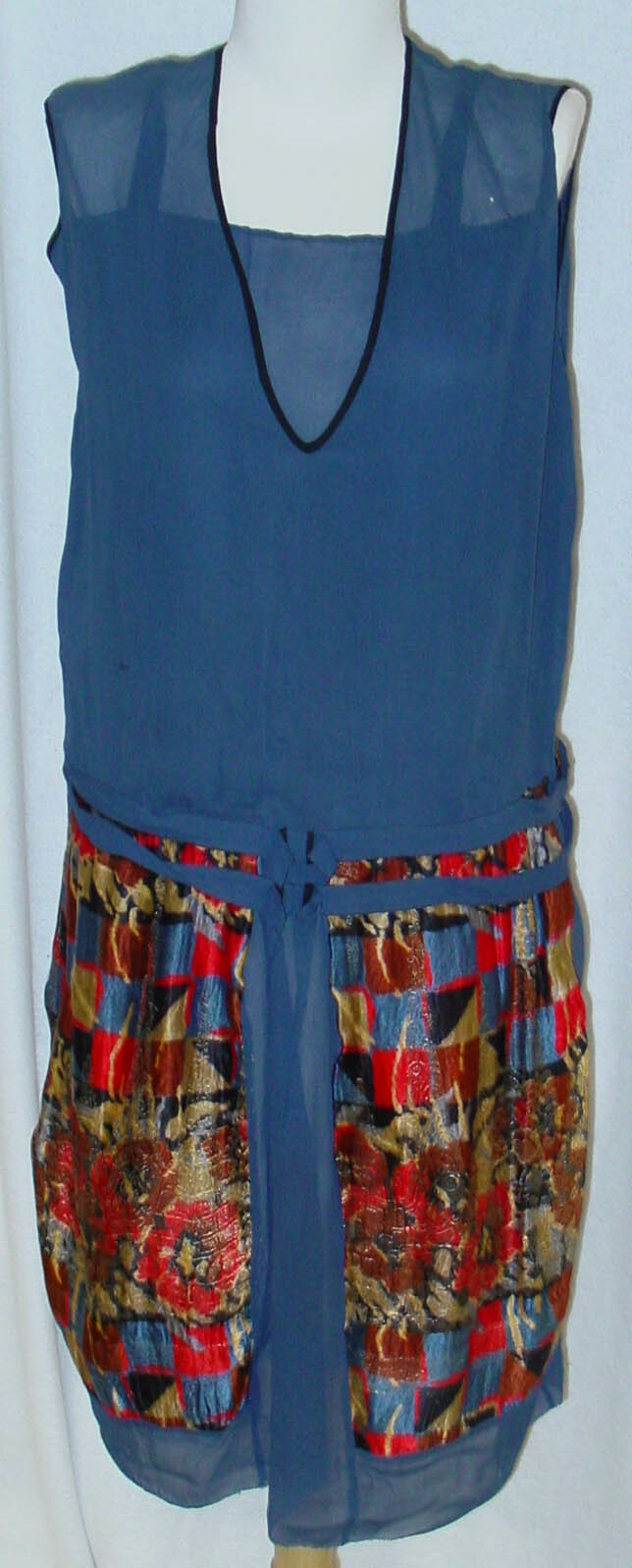
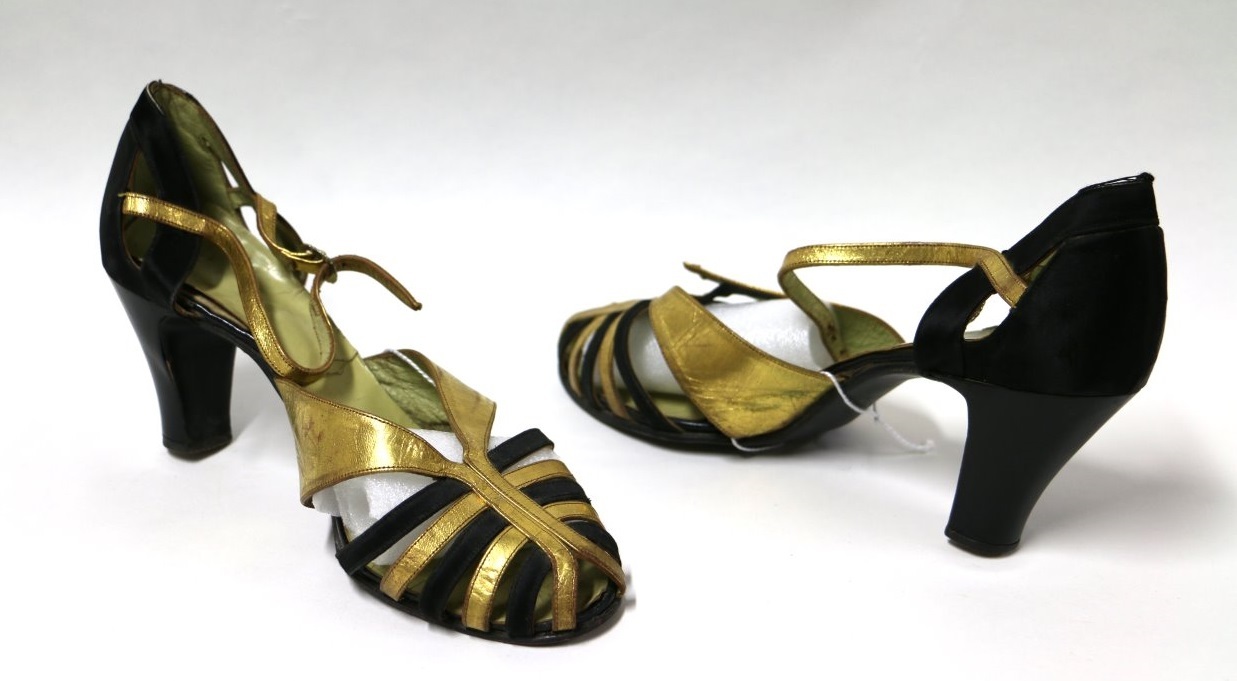
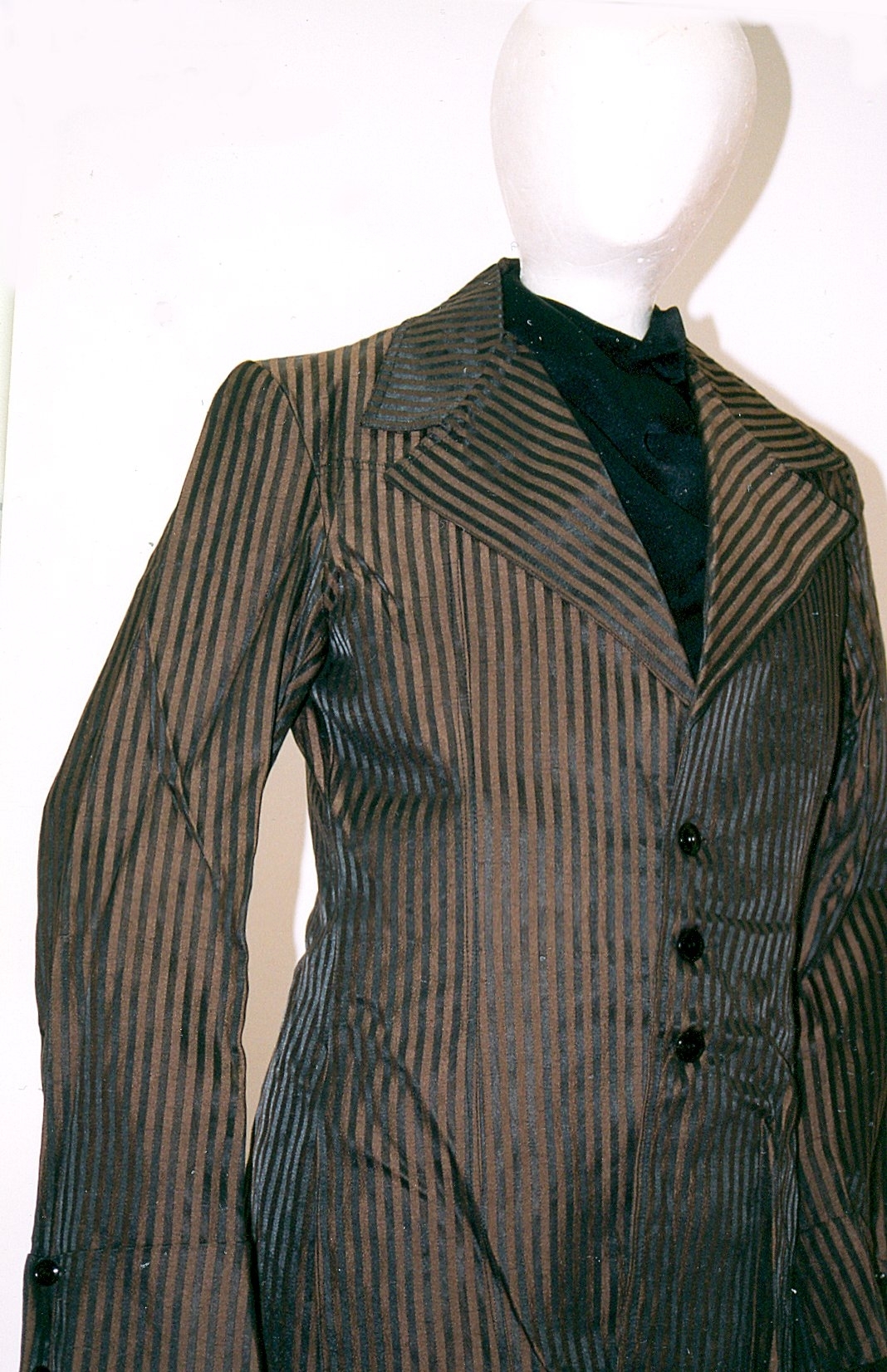

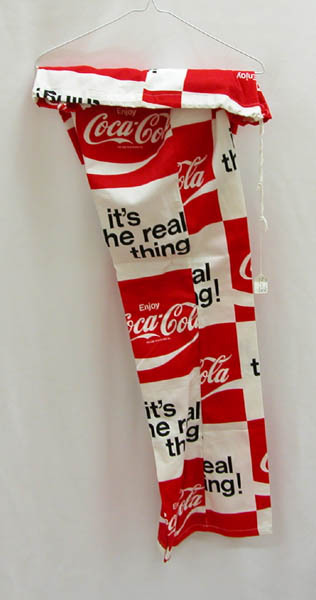

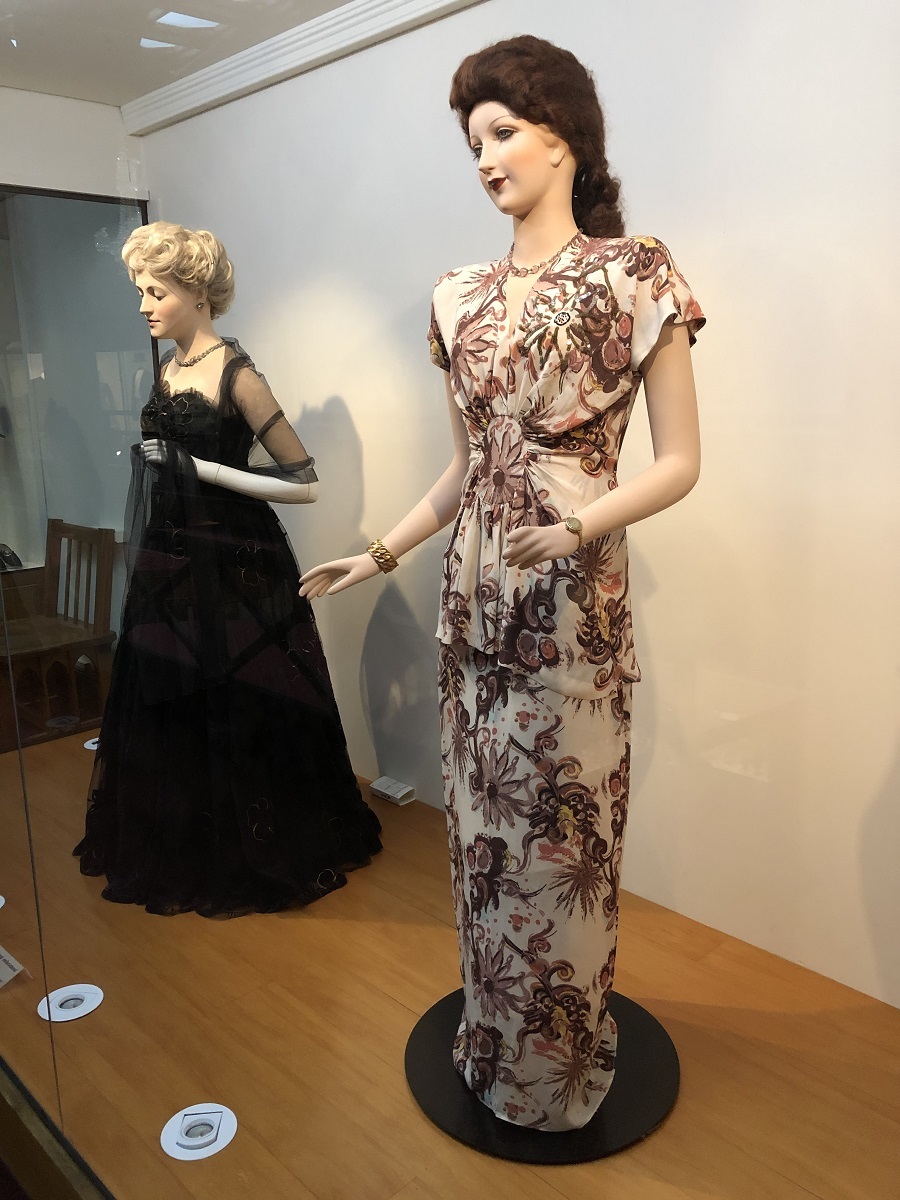
Hundreds more items from Mollie’s collection can be viewed on the Canterbury Museum Collections Online portal.
Read more about the collection in an article by Jennifer Quérée and Andrew Paul Wood, Beyond the black singlet: The Mollie Rodie Mackenzie Collection of 20th century clothing, Records of the Canterbury Museum, Vol. 17 (2003): 48–75. Click here to download a PDF of the article.





